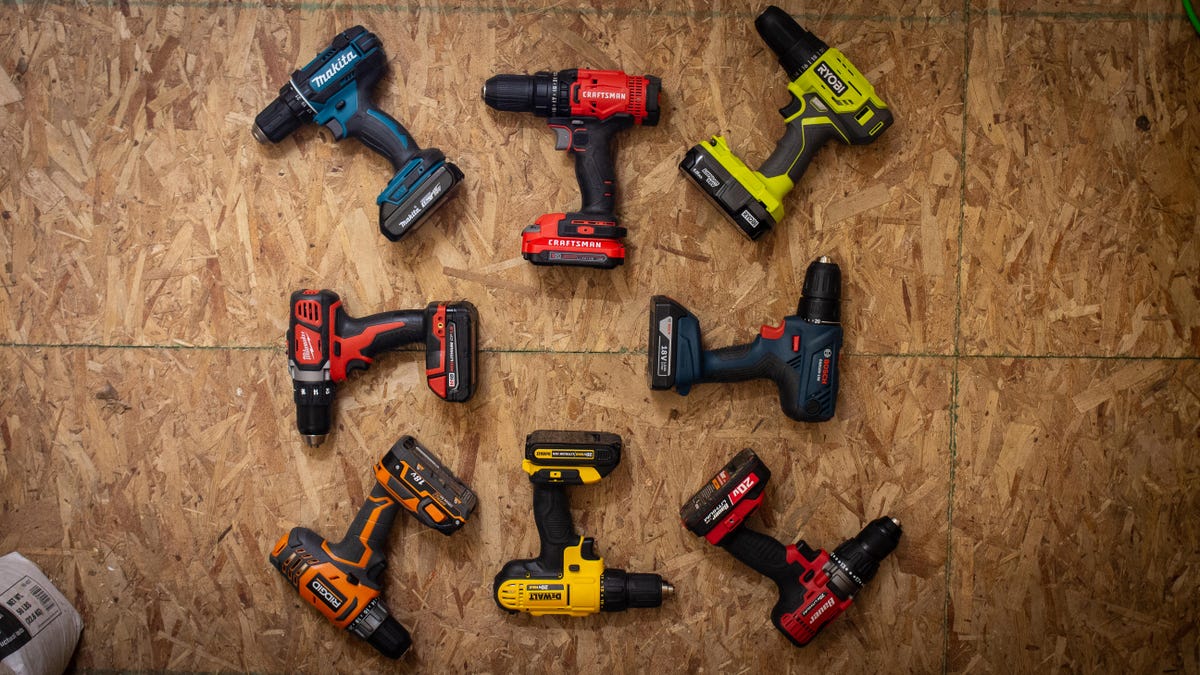
#Impact drill vs drill driver driver
Also, when working with pressure-treated lumber, hardwood, or heavy steel, the driver has the torque needed to get through the material with ease. It’s the tool to use for any project requiring long screws or bolts. An impact driver is more suited to larger projects.ĭriving the bolts used in securing the beams of a pergola is one example where an impact driver comes in handy. But for the passionate DIYer, adding an impact driver will afford you the tools needed for almost any project. They also can tackle many kinds of small projects because they can use a wide variety of bit types.Įxperts agree that when building your tool collection, begin with a drill. Some have more settings for both speed and torque, and some even have an impact setting. But for basic home repairs, a moderately priced drill should be adequate. That depends on the type of DIY projects you’ll be doing. DIY-savvy homeowners should start with a drill and then add an impact driver when the right project arises. Otherwise, the added torque of the driver will snap the bit. More noteworthy is the difference in the manner of operation an impact driver combines torque with brute force to drive screws more efficiently than a standard drill. But if you want a hole greater than ¼” in a more substantial or denser material, you’ll need a bit designed for an impact driver. And while the cordless drill is commonly perceived as a general-purpose tool, an impact driver is designed specifically to drive threaded fasteners. However, in a pinch, if you have the proper bit, you can drill a hole in light-gauge steel or softwood with a standard hex-shank drill bit.
#Impact drill vs drill driver drivers
Impact drivers are for driving fasteners, not drilling holes. Photo: As the name suggests, these tools are built for driving but can be used to drill in a pinch. So, if your project involves a lot of large fasteners, like a deck or pergola, you’ll find an impact driver makes the job a lot easier. Because they automatically add extra rotational force when they encounter resistance-two to three times more torque than a drill-you’ll find using an impact driver is easier on your hand and wrist. Impact drivers handle large screws and bolts more efficiently than the average compact drill.

An impact driver offers the most help when using a lot of large bolts and screws. An impact driver is also lighter than the hammer drill, making it easier to handle. You would use an impact driver for long screws or large fasteners when working with wood. Like the cordless drill, an impact driver uses rotational force to drive a screw and saves its bursts of quick power when it feels resistance. You can use hammer drills to drive bolts into concrete, brick, masonry, or heavy metal. This action provides the necessary penetration required to drive the fastener through a hard material as the drill spins debris out of the hole. Here’s a cordless drill infographic to help you know: Cordless drill woodworking infographic to help you know the difference between the impact driver, hammer drill, and drill/driver.

Hammer drills use a hammering action to exert extra force when needed, as though a hammer was hitting the back of the drill. The main difference between a hammer drill and an impact driver is the type of force used.


 0 kommentar(er)
0 kommentar(er)
